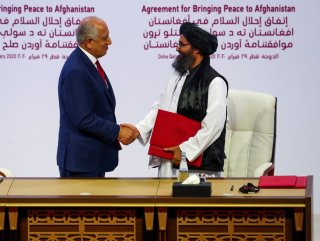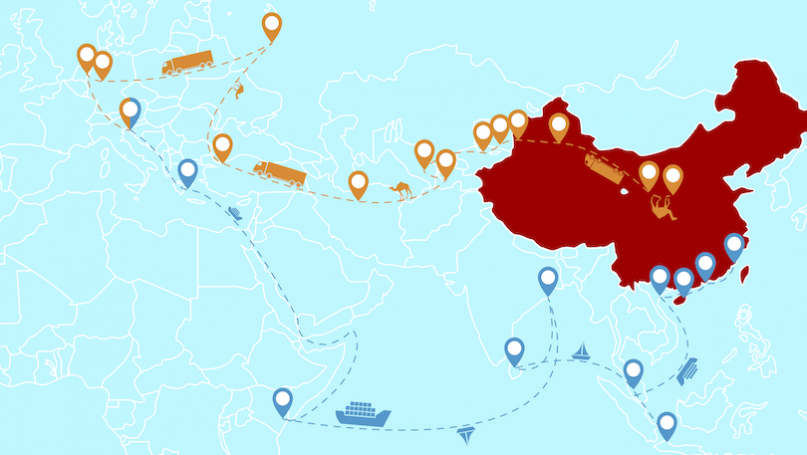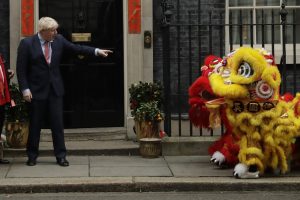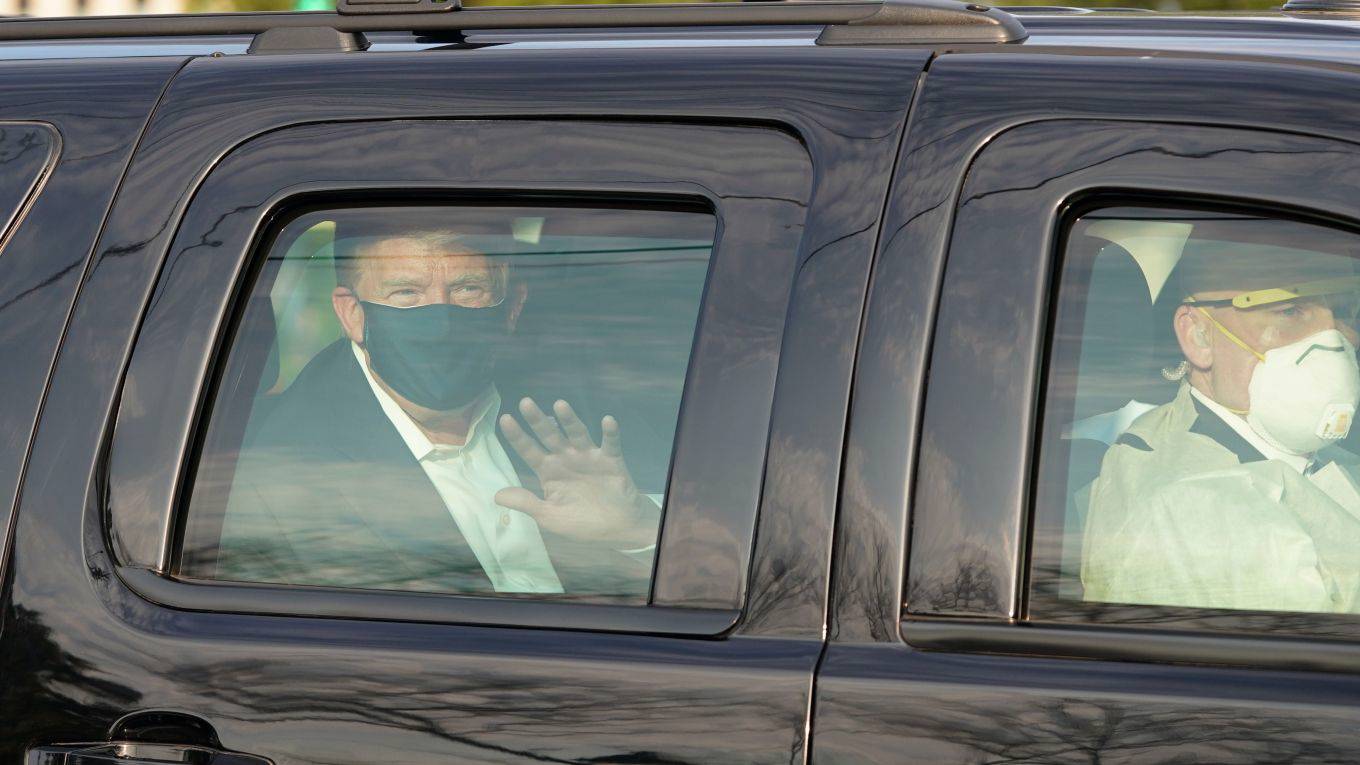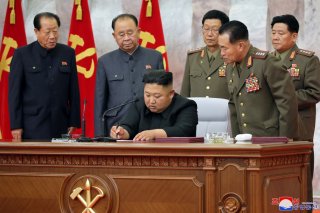by Bharat Karnad

As part of Indian Prime Minister Narendra Modi’s ‘self-reliant India’ policy, Defence Minister Rajnath Singh issued a list of 101 defence items in August with different timelines beyond which their import will be banned, with a second list soon to follow. From December 2020, the armed forces will not be able to purchase some 69 types of foreign-sourced military goods, including many major weapons systems and platforms: ship-borne cruise missiles, diesel submarines, missile destroyers, light combat aircraft and helicopters.
Most of these are already produced in India under licence, so the government is confident the ban will force the Indian defence industry to achieve self-sufficiency within a decade. Because imports will not be allowed for any reason, the military will be compelled to become stakeholders in indigenous programs. However, there has been minor pushback, with immediate purchases from abroad being approved to fill ‘voids’ in the war wastage reserve and the war stock just in case hostilities flare up with China in Ladakh.
Singh promised contracts worth US$54 billion to the Indian defence industry, but instead spawned scepticism because this figure includes funding for procurements that are already underway. The reality is that the Indian government has awarded US$34 billion of contracts to foreign arms suppliers, far exceeding the US$20.25 billion for Indian companies. Since defence budgets are written annually, there is no hint of long-term government funding for particular programs.
